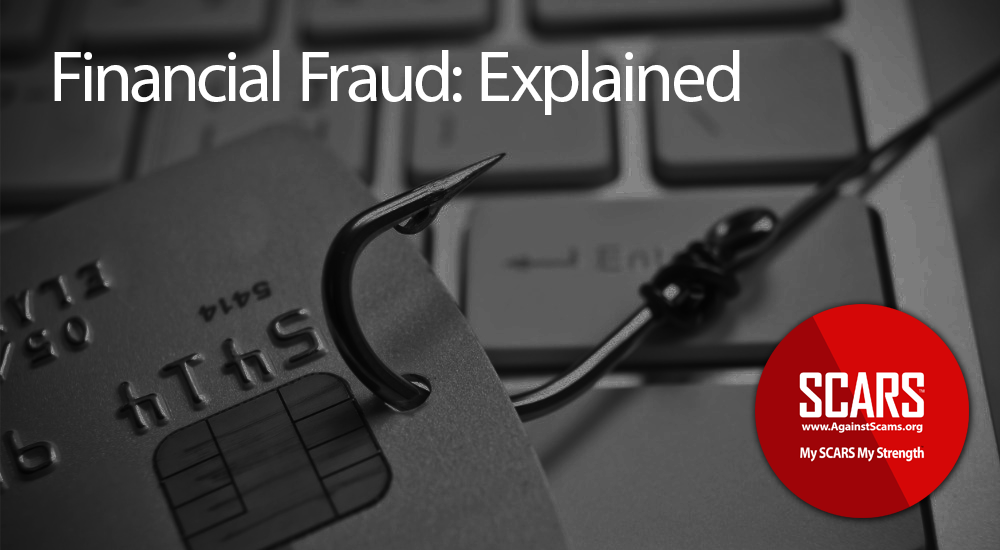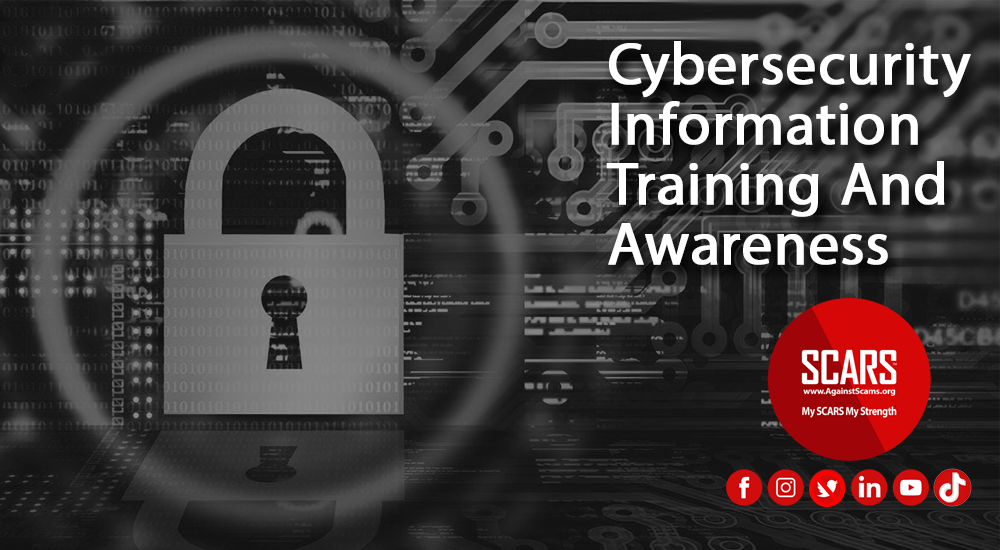Doxware Is A New Evolution In Cyber-Extortion
With The Same Goal In Mind As Sextortion, Doxware Steals Documents And Photos For The Purpose Of Extortion, But Unlike Sextortion It Uses Malware.
Doxware is a type of malware that threatens to publish a victim’s private information online unless a ransom is paid. It’s also known as “leakware” or “extortionware.” Unlike traditional ransomware that encrypts a victim’s data, doxware steals sensitive information and threatens to publicly release it if the victim does not pay the ransom.
Doxware can be used in a variety of cyberattacks, including phishing emails, social engineering, and drive-by downloads. Once the malware is installed on a victim’s device, it can gather personal information such as login credentials, financial information, and sensitive files. The attacker can then threaten to publicly release this information unless the victim pays the ransom demand.
One of the reasons why doxware is a growing concern is that it can have severe consequences for both individuals and organizations. Publicly releasing sensitive information can damage a victim’s reputation, harm their personal and professional relationships, and even lead to financial ruin. For businesses, doxware attacks can result in the loss of sensitive data, regulatory fines, and damage to their brand reputation.
Moreover, doxware attacks are often difficult to defend against since attackers can use a range of techniques to infiltrate a victim’s device or network. Prevention techniques include implementing strong password policies, using two-factor authentication, regularly backing up important data, and training employees to identify and avoid phishing scams.
In short, doxware is a type of malware that poses a significant threat to individuals and organizations alike. It is essential to be aware of the risks and take steps to protect personal and sensitive information to avoid falling victim to these types of attacks.
How Does A User Become Infected With Doxware?
A user can become infected with doxware through a variety of methods, including:
- Email phishing: Doxware attackers may use phishing emails to trick users into downloading and installing malware. The emails may contain a link or an attachment that, when clicked or opened, installs the malware on the user’s device.
- Malicious downloads: Doxware can be hidden in software downloads or updates that users may download from untrusted or fake websites. For instance, attackers may trick users into downloading fake updates for their system software or web browser, which includes doxware.
- Drive-by downloads: Doxware can be silently downloaded onto a user’s device when they visit a compromised website. In some cases, the malware can infect a user’s device without their knowledge or consent.
- Social engineering: Attackers may use social engineering tactics to trick users into installing doxware. For instance, they may pose as a tech support agent or a friend, and ask the user to download and install software that is actually doxware.
Once doxware infects a user’s device, it can scan the device for sensitive information, such as personal data, login credentials, financial information, and files. The attackers can then threaten to publish the information unless the user pays the ransom.
After You Are Infected And Being Extorted
What is the best way to deal with a doxware infection and the demand for money that always follows it?
If you are a victim of doxware, it is essential to take action quickly and carefully to minimize the damage and protect your sensitive information.
Here are steps you can take:
- Disconnect the infected device from the internet and any other networks immediately. This will prevent the doxware from communicating with the attacker’s server and minimize the risk of further data theft.
- Do not pay the ransom. Paying the ransom does not guarantee that the attacker will delete or not release your data. Additionally, it encourages attackers to continue targeting victims. Plus, it is no illegal in some jurisdictions to pay cyber-ransoms.
- Contact law enforcement and report the incident. This will help to identify the attacker and potentially prevent them from targeting other victims. In this case, you would contact the FBI or your national cybercrime police unit for help.
- Seek help from a professional cybersecurity expert or IT team. They can help you assess the extent of the infection, remove the doxware, and attempt the recover any lost data.
- Monitor your credit reports, and bank and financial statements. Check for any suspicious activity and report any unauthorized transactions immediately.
- Change your passwords immediately and enable two-factor authentication on all your accounts to prevent further attacks.
In summary, the best way to deal with a doxware infection is to disconnect the device from the internet, avoid paying the ransom, report the incident to law enforcement, seek professional help, monitor your credit reports and bank statements, and take steps to prevent future attacks.
Best Ways To Avoid It
Here are some best practices to avoid becoming infected with doxware:
- Keep your software and operating system up to date: Make sure you regularly update your software and operating system to the latest version. These updates often contain security patches that can help protect your device from doxware and other malware.
- Be cautious of email phishing scams: Be wary of suspicious emails, especially those that contain links or attachments. Verify the sender’s identity and avoid clicking on links or downloading attachments from unknown sources.
- Use strong passwords and two-factor authentication: Use unique and complex passwords for your accounts and enable two-factor authentication wherever possible. This can help prevent unauthorized access to your accounts and minimize the risk of a doxware attack.
- Use reputable antivirus and anti-malware software: Install reliable antivirus and anti-malware software on your devices and keep them up to date. These programs can help detect and remove doxware and other malware. SCARS uses Malwarebytes
- Use caution when downloading software: Only download software from reputable sources and avoid downloading software from unknown or suspicious websites.
- Backup your data regularly: Regularly backup your important data to an external drive or cloud storage. This can help you recover your data in case of a doxware or ransomware or malware attack or any other type of data loss.
By following these best practices, you can significantly reduce the risk of an infection and protect your sensitive information.
Therefore, it is important to be cautious when downloading software or clicking on links, regularly update software and operating systems and use reliable antivirus and anti-malware software to prevent malware infections.
-/ 30 /-
What do you think about this?
Please share your thoughts in a comment below!
Article Rating
Table of Contents
- A New Kind Of Ransomware That Steals Your Documents
- Doxware Is A New Evolution In Cyber-Extortion
- With The Same Goal In Mind As Sextortion, Doxware Steals Documents And Photos For The Purpose Of Extortion, But Unlike Sextortion It Uses Malware.
- How Does A User Become Infected With Doxware?
- After You Are Infected And Being Extorted
- Best Ways To Avoid It
RATE THIS ARTICLE?
LEAVE A COMMENT?
Recent Comments
On Other Articles
- Nikolaus on Dating Scammers Paradise: Ivory Coast: “The Ivory Coast romance scam is still going on. It seems that local authorities don’t handle the issue effectively!” Dec 10, 02:17
- on The SCARS Institute Top 50 Celebrity Impersonation Scams – 2025: “Thank you – we will.” Dec 7, 11:41
- on The SCARS Institute Top 50 Celebrity Impersonation Scams – 2025: “You should add Sean Bean to your list of Celebrities. This one is very good, and persistent. He will be…” Dec 2, 12:07
- on How You Think & Talk About Your Scam Affects Your Recovery: “I have hung on to the scams for far too long. With the intervention of an all-merciful God, I have…” Nov 6, 22:13
- on Disengaging From A Fake Scam Relationship: “Taci, you may want to join our new support community at www.SCARScommunity.org” Nov 6, 03:01
- on Disengaging From A Fake Scam Relationship: “This particular article helped me discover the many things I did wrong the first time I was scammed. I should…” Nov 5, 22:49
- on About the SCARS RomanceScamsNOW.com Website – 24 Years Published: “It was unavailable for a few days, but it is available again. If he would be interested, he is welcome…” Nov 5, 00:59
- on About the SCARS RomanceScamsNOW.com Website – 24 Years Published: “My husband has been scammed and your classes have been helping him but now he can’t seem to access them.…” Oct 26, 14:57
- on Talia Shepard – Impersonation Victim – Stolen Photos – 2024: “Hi, I’m Patrick from Belgium and I found this site by chance, so I just got to know it, and…” Oct 17, 23:46
- on Talia Shepard – Impersonation Victim – Stolen Photos – 2024: “Hallo ik ben Patrick uit Belgie en het is in verband over PayPal. Ik heb het dit jaar spijtig genoeg…” Oct 17, 23:08
ARTICLE META
Important Information for New Scam Victims
- Please visit www.ScamVictimsSupport.org – a SCARS Website for New Scam Victims & Sextortion Victims
- Enroll in FREE SCARS Scam Survivor’s School now at www.SCARSeducation.org
- Please visit www.ScamPsychology.org – to more fully understand the psychological concepts involved in scams and scam victim recovery
If you are looking for local trauma counselors please visit counseling.AgainstScams.org or join SCARS for our counseling/therapy benefit: membership.AgainstScams.org
If you need to speak with someone now, you can dial 988 or find phone numbers for crisis hotlines all around the world here: www.opencounseling.com/suicide-hotlines
A Note About Labeling!
We often use the term ‘scam victim’ in our articles, but this is a convenience to help those searching for information in search engines like Google. It is just a convenience and has no deeper meaning. If you have come through such an experience, YOU are a Survivor! It was not your fault. You are not alone! Axios!
A Question of Trust
At the SCARS Institute, we invite you to do your own research on the topics we speak about and publish, Our team investigates the subject being discussed, especially when it comes to understanding the scam victims-survivors experience. You can do Google searches but in many cases, you will have to wade through scientific papers and studies. However, remember that biases and perspectives matter and influence the outcome. Regardless, we encourage you to explore these topics as thoroughly as you can for your own awareness.
Statement About Victim Blaming
Some of our articles discuss various aspects of victims. This is both about better understanding victims (the science of victimology) and their behaviors and psychology. This helps us to educate victims/survivors about why these crimes happened and to not blame themselves, better develop recovery programs, and to help victims avoid scams in the future. At times this may sound like blaming the victim, but it does not blame scam victims, we are simply explaining the hows and whys of the experience victims have.
These articles, about the Psychology of Scams or Victim Psychology – meaning that all humans have psychological or cognitive characteristics in common that can either be exploited or work against us – help us all to understand the unique challenges victims face before, during, and after scams, fraud, or cybercrimes. These sometimes talk about some of the vulnerabilities the scammers exploit. Victims rarely have control of them or are even aware of them, until something like a scam happens and then they can learn how their mind works and how to overcome these mechanisms.
Articles like these help victims and others understand these processes and how to help prevent them from being exploited again or to help them recover more easily by understanding their post-scam behaviors. Learn more about the Psychology of Scams at www.ScamPsychology.org
Psychology Disclaimer:
All articles about psychology and the human brain on this website are for information & education only
The information provided in this article is intended for educational and self-help purposes only and should not be construed as a substitute for professional therapy or counseling.
While any self-help techniques outlined herein may be beneficial for scam victims seeking to recover from their experience and move towards recovery, it is important to consult with a qualified mental health professional before initiating any course of action. Each individual’s experience and needs are unique, and what works for one person may not be suitable for another.
Additionally, any approach may not be appropriate for individuals with certain pre-existing mental health conditions or trauma histories. It is advisable to seek guidance from a licensed therapist or counselor who can provide personalized support, guidance, and treatment tailored to your specific needs.
If you are experiencing significant distress or emotional difficulties related to a scam or other traumatic event, please consult your doctor or mental health provider for appropriate care and support.
Also read our SCARS Institute Statement about Professional Care for Scam Victims – click here to go to our ScamsNOW.com website.


















Thank you for your comment. You may receive an email to follow up. We never share your data with marketers.